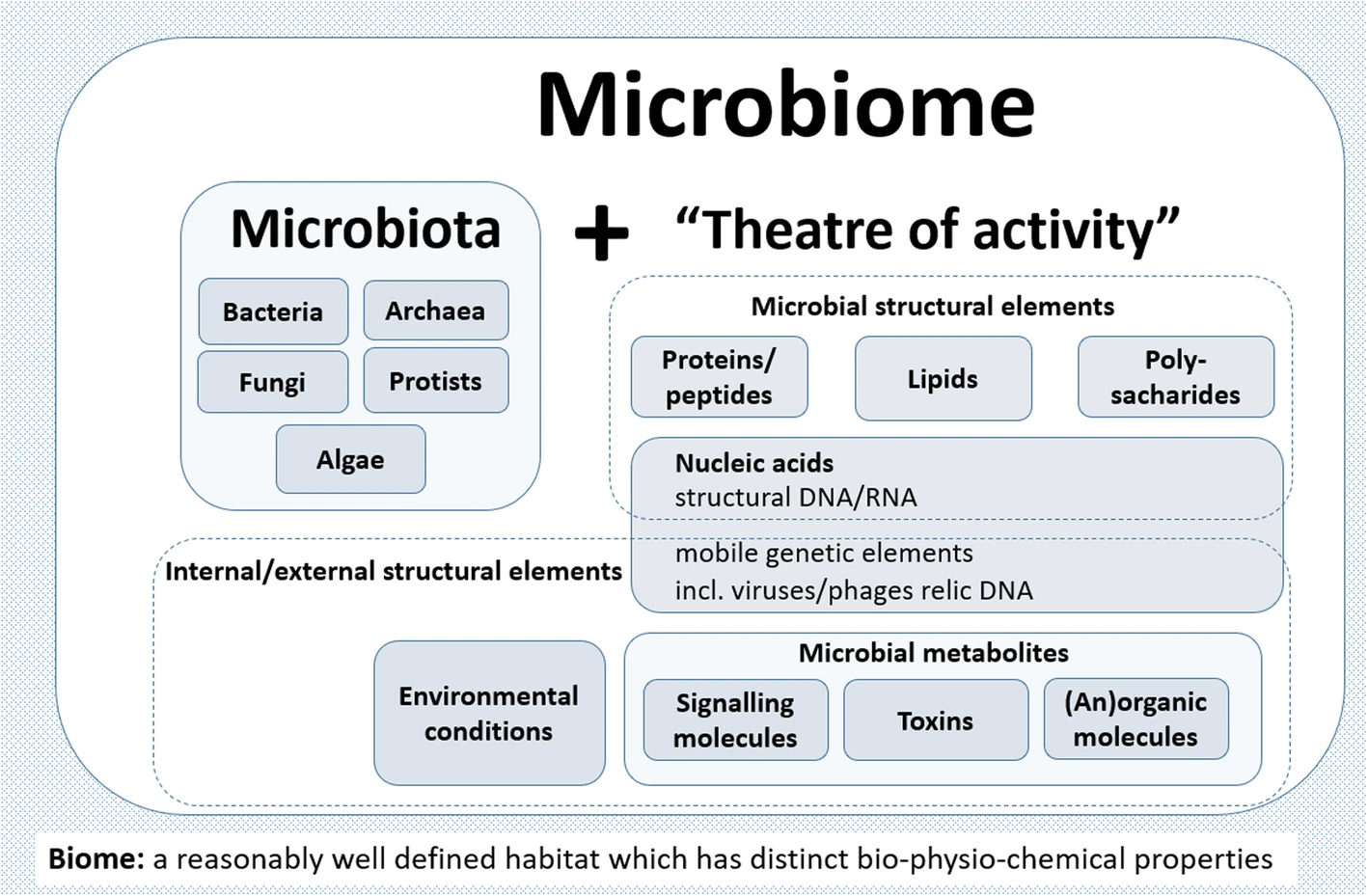Basic Intro to Host-Pathogen Interactions
Definitions
- Host
- An organism infected by a pathogen
- An organism with which a microorganism is associated
- Reminder: this can be a human, animal, plant, insect, etc.
- Normal flora/microbiome
- Microorganisms associated with healthy host
- Pathogen
- A microorganism capable of causing an abnormality or disease
- Pathogens in the most strict definition are thought of as microorganisms (viruses, bacteria, etc)—however, prions (misfolding proteins that can be transmitted, e.g. mad cow disease) are considered “pathogenic agents.” They contain many features of microbial pathogens but are not strictly pathogens themselves.
- Opportunist
- Can cause disease in a damaged host, rarely in a healthy host
- Nosocomial pathogen
- Infection acquired in a medical environment
- Colonization/Infection
- Microorganisms growing on the host
- Must be able to replicate and reach a critical mass, otherwise not considered colonization (transient passage does not count)
- Pathogenicity/Virulence
- Ability of an organism to cause disease
- Virulence factor—some gene product that helps an organism cause more damage, establish itself better within a host
- Innate immune system
- Nonspecific, first line of defense
- Neutrophils (Polymorphonuclear leukocytes, or PMNs) are often our first line of defense.
- Adaptive immune system
- Memory system, T cells, B cells
- Infectious disease
- Actions of microorganisms and the reaction of the host INTERACTING to damage the host and able to spread into another permissive host
- Consider yeast: Baker’s yeast will not infect a healthy host. However, there are many types of yeast. In cases of immunosuppression, exposure to the correct biological niche, and correct virulence factors, various types of yeast, and yeasts that are not normally infectious, will cause an infection.
Types of Pathogens
- Bacteria
- Bacteria are unicellular organisms belonging to the prokaryotic group where the organisms have few organelles and lack a true nucleus.
- Viral
- A virus is an infectious microbe consisting of a segment of nucleic acid (either DNA or RNA, either single- or double-stranded) surrounded by a protein coat. A virus cannot replicate alone; instead, it must infect cells and use components of the host cell to make copies of itself.
- Fungi
- Domain Eukarya. As eukaryotes, a typical fungal cell contains a true nucleus and many membrane-bound organelles.
- Multicellular or unicellular
- Parasite
- An organism that lives on or in a host organism and gets its food from or at the expense of its host.
- This is really an ecology term for a type of interaction; as such this is a broader group that is a little harder to define.
- No specific phylogenetic way to define a parasite.
- The ability to “be a parasite” has evolved many times in the tree of life.
- Parasitism: a form of symbiosis in which one organism (“the parasite”) benefits at the expense of another (“the host”).
- Some broader groups of parasites:
- Protozoa are microscopic, one-celled organisms that can be free-living or parasitic in nature.
- Helminths are large, multicellular organisms that are generally visible to the naked eye in their adult stages.
- Ectoparasites—e.g. ticks, lice
- An organism that lives on or in a host organism and gets its food from or at the expense of its host.
So What Is a Microbe? (from discussion in class and also when surveying other microbiologists)
- An organism that is microscopic (However, many consider tapeworms microbes.)
- Things microbiologists study (not a super helpful definition because microbiologists study microbes!)
- Unicellular organisms (Do viruses fit this? What about multicellular microbes or microbes that have a multicellular lifecycle?)
- All small things with genomes (What is small in this case? Is there a size cut-off?)
- Microbiome people do not classify viruses as microbes because they are not living!
- For this class, we will use the following definition:
- A group of microscopic organisms or viruses falling into the categories of bacteria, viruses, parasites, and fungi
- However, our understanding of the biodiversity that exists is ever-evolving and changing.
- The below picture is a nice visualization we will consider—the study of microbiology is the study of bacteria, archaea, fungi, protists, and algae, and their “theatre of activity,” including viruses!

Image from: Berg, G., Rybakova, D., Fischer, D. et al. Microbiome definition re-visited: old concepts and new challenges. Microbiome 8, 103 (2020). https://doi.org/10.1186/s40168-020-00875-0. License CC-BY.










